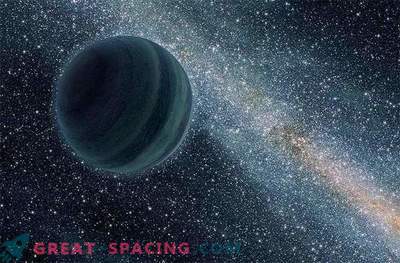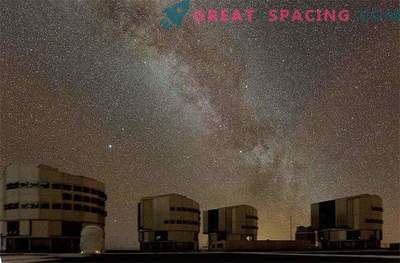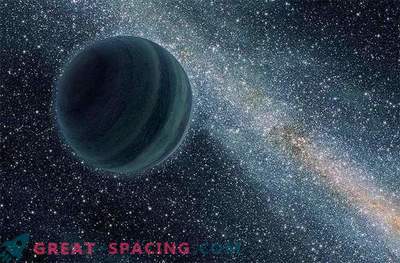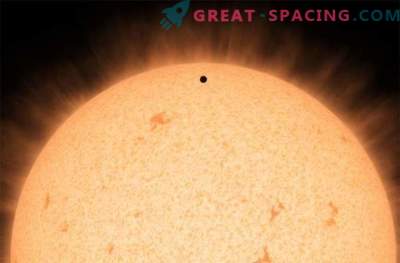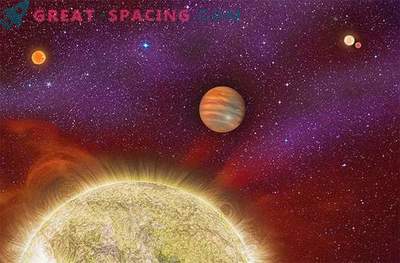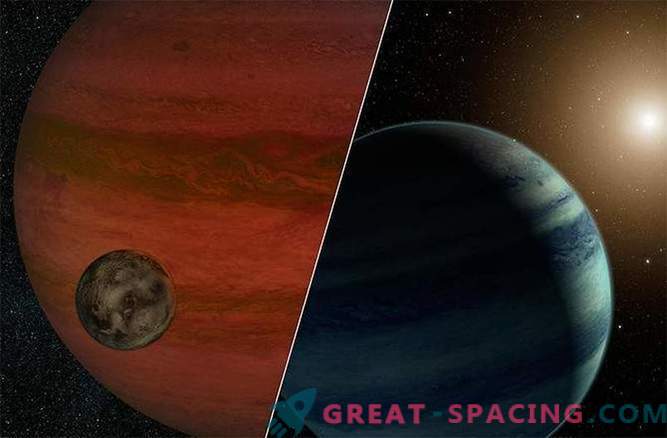
For the first time, astronomers have noticed the moon orbiting a distant planet. Although they probably never know exactly what they found.
What is needed to find a planet orbiting in the inhabited zone of a distant star?
A team of scientists discovered a couple of distant objects, one of which is probably similar to Jupiter, and the second is presented to astronomers as a rocky moon, flying freely in space or a small dim star that is home to a planet that is 18 times more massive than Earth.
Astronomers have used a technology called gravitational microlensing, which allows us to observe an object from Earth passing against the background of a star. The gravitational field of the nearest body inclines and increases the light from a distant star, acting as a lens.
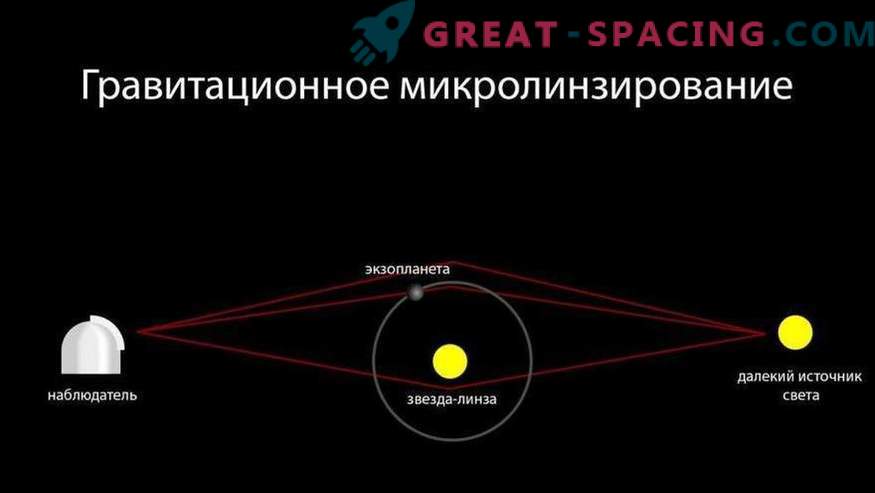
An analysis of lensing events can tell a lot about the foreground object. For example, in the case of a star, does it have planets, and if so, what is its mass compared to a star?
In a new study, a team of astronomers observed one intriguing event using lensing, using a telescope in New Zealand and Australia, Tasmania. They determined that the object in the foreground has an orbital companion, whose mass is only 0.05 percent of the owner. "One of the possible scenarios is a system consisting of a planet and a moon, and if this is true, it will be an exciting discovery," says Wes Traub, chief research officer of the Exoplanet Research Program at Pasadena, California, NASA's Jet Propulsion Laboratory.
"Research models point to the moon, but if you just look at possible scenarios in nature, the star is more preferable," added Traub, who did not participate in the study.
A team of astronomers would have been able to exactly unravel the mystery if they knew exactly how far this system, called MOA -2011- BLG- 262, lies. If it lies relatively close, then this is most likely a starless “wandering planet” and the moon, but Since the system is far away, it must be a massive star to produce the same lensing effect, the researchers say.
Unfortunately, the MOA -2011- BLG -262 system will probably remain a mystery forever. Microlensing is a random event, so there will be no more observations of this system. "We will no longer have a chance to watch a candidate for exolune," said study lead author David Bennett, from the University of Notre Dame. "But we may find more unexpected finds."
Astronomers will be able to measure the distance during future microlensing events, using the parallax principle, which describes the change in the position of an object when viewed from two different places.
This strategy would work if observers could observe a lensing event with two far-spaced telescopes on Earth or special instruments in orbit, such as the Spitzer and Kepler space telescopes, researchers say.
Today astronomers have discovered more than 1,700 alien planets, but they are still looking for confirmation of exolun.
